14 Ways to Winter-Proof Your Home
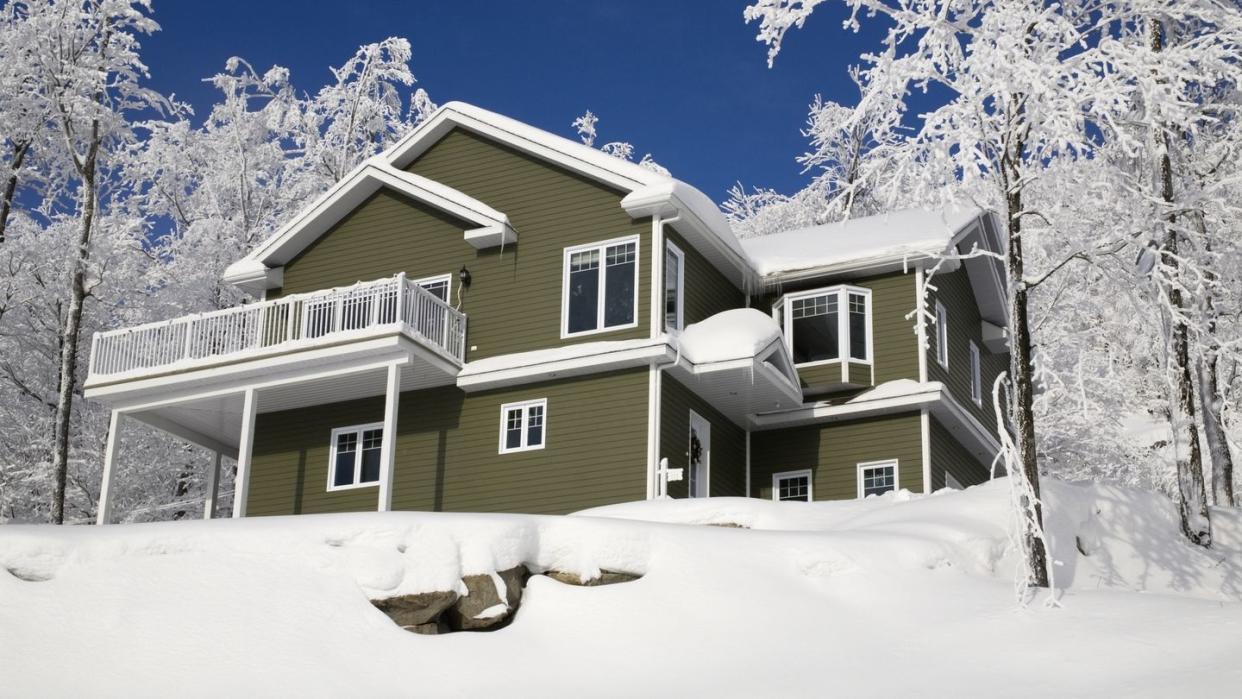
"Hearst Magazines and Yahoo may earn commission or revenue on some items through these links."
If you didn't prep the exterior of your home for the ravages of winter weather, there's still time to do it before the next blast of cold air or heavy snowstorm. Trust me, don't procrastinate. While chores like cleaning the gutters can be hard work, not doing them can lead to much bigger problems down the line. Here are our tips and some products that can make these tasks easier.
Protect the patio.
Bring in or, at least, cover up tables, chairs, and grill. “Any kind of aluminum patio furniture has the potential to rust, even if it’s painted,” says Shane Segur, the store manager of Home Depot in Toledo, Ohio. While you’re out on the patio, drain water out of garden hoses and stow them in a warm place. Otherwise, the water can freeze, weaken the lining, and cause holes to form.
To keep snow from piling up on firewood and making it too damp to burn, cover logs with a painter’s tarp. And to prevent the wind from blowing it away, use rope to secure it in place, says Jan Cregier, owner of Interior Expressions by Jan in Bartlett, Illinois, and a member of the national board of the Interior Design Society (IDS). “Maybe even weigh it down with some evergreens.”
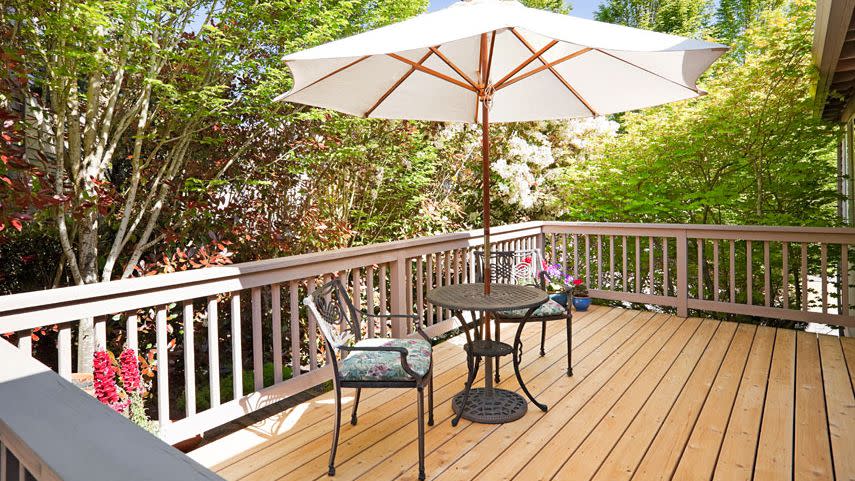
Seal gaps and cracks in your foundation and walls.
Make sure there are no drafty spots around your windows and doors. The last thing you want is to have gaps where cold air can seep into the house and heat, that you've paid a bundle to create, can escape.
If you're not a big do-it-youself-er, this task can seem intimidating but don't worry, it's easy and doesn't take very long. Wait until it gets dark, then grab a partner and a flashlight. Send your buddy outside and have him point the flashlight around the edges of your doors and windows. If you see light coming through anywhere, you have a leak, if you don't see light, you're okay! If you find leaks be sure to caulk them up.
To prevent chilly air and sneaky rodents from coming inside, invest in foam and caulk. “It doesn’t take much to get rid of that outdoor draft that comes in,” says Cregier. To fill larger openings, use Great Stuff, an expanding foam filler that comes out of an aerosol can. (You can paint, sand, and stain it.) Around windows and doors, try a white, paintable caulk like GE Supreme Silicone. It should stay soft, so you can peel it off easily if you make mistakes, plus, it should last many years, says Segur.
You can also try a door sweep, with a metal strip on the top that gets attached to the bottom of your door and a hard plastic strip that hangs down, touching the floor and closing any gaps between the door and the floor. You can also use a door draft stopper, which usually consists of two fabric cylinders that sit on either side of the door.
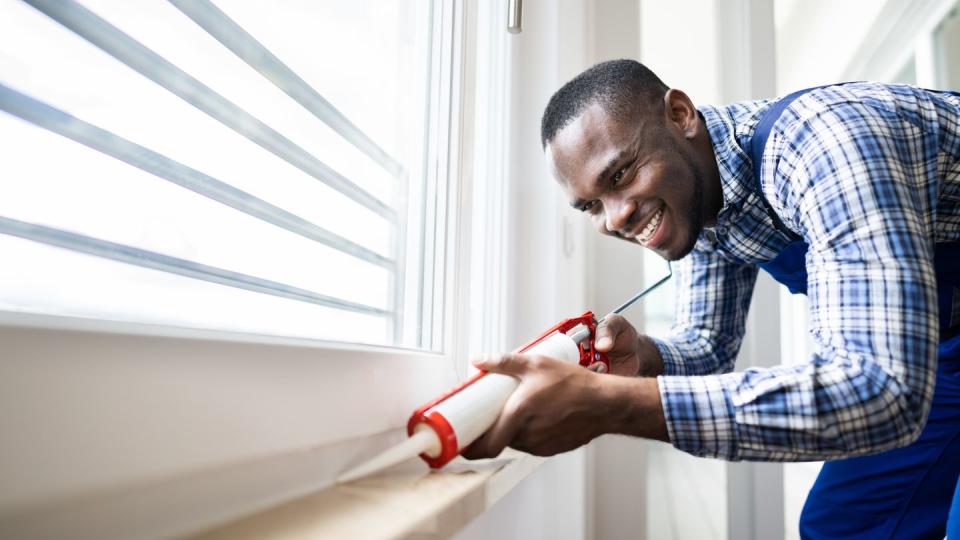
Program the thermostat.
Invest in a modern, programmable thermostat. Then set it to automatically turn the heat down when you’re not home — and up before you return to your nest. The gizmo can cost as little as $19. Shell out $250 for a fancy one that lets you program the temperature from your smartphone, suggests Segur. Keep it around 65 degrees while you’re at work, but no lower. “If you want it to go from 50 to 70, your furnace is going to have to work twice as hard,” he warns.
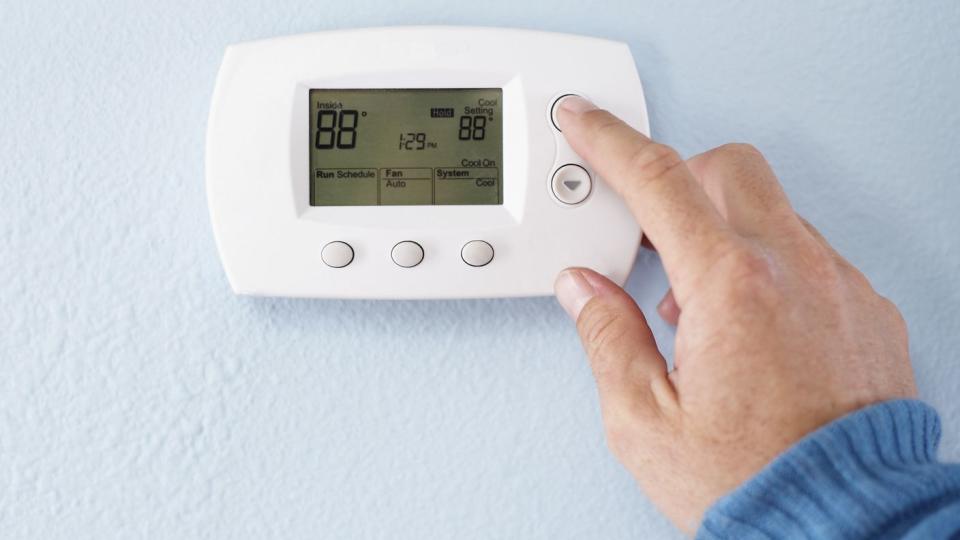
Keep the slush outside.
A doormat with a rough texture helps remove mud and gunk from shoes before guests enter the house. Even more, a hard plastic boot tray and rubber mat will prevent water and salt from damaging wood floors, says Segur. No mudroom? No problem. “You can improvise by using stacked wire or laminate cubes by your entrance door,” says Cregier. Let your kids pick out one or two cubes apiece (from stores like Home Depot or Bed, Bath & Beyond) and ask them to stow their boots in one, and mittens and scarves in another, she suggests. Mix and match colors, or spray paint them at home.

Upgrade doors and windows.
Double- and triple-pane windows are more energy efficient. To prevent drafts, buy a storm door with full glass. A good one can run from $69 to $600, plus $149 for installation, says Segur. Consider low-emissivity (or low-E) window glass treated with an invisible metallic coating that saves energy, reflects heat, and cuts down the UV rays that damage furniture. “It’s kind of like putting sunglasses on your window,” says Anna Marie Mavrakis, president of Mavrakis Construction and Cottage Draperies & Interiors in Canton, Ohio, and president of IDS.
For an inexpensive option, place a removable polyurethane film called Frost King on the inside of your windowpanes for the winter. Arm yourself with a hair dryer, which will shrink and pull the clear plastic tight so it won’t show wrinkles, says Segur. (Expect to spend about 15 minutes per window.) And invest in insulating-but-still-attractive window treatments, such as curtains with linings or wood blinds, says Mavrakis, who recommends the Graber line.

Add insulation.
Insulation reduces drafts, cuts down on heating costs, and reduces sound, says Virginia Cameron, president of AC&R Insulation in Elkridge, Maryland. Make sure insulation is installed in your attic and basement, and around pipes. If you’re unsure whether you need any, hire an insulation professional to assess your home. Sometimes you can see how much you already have by taking off an electrical plate and fishing around beside it with a plastic (not metal) crochet hook, adds Cameron.
The main insulation options are foam, fiberglass (which resembles pink cotton candy), and cellulose (which looks like old newspaper). If you’re planning to install cellulose yourself, wear a mask because it’s dusty. Fiberglass and cellulose run around $2,500 per house, while foam, the gold standard, can cost about $4,000.
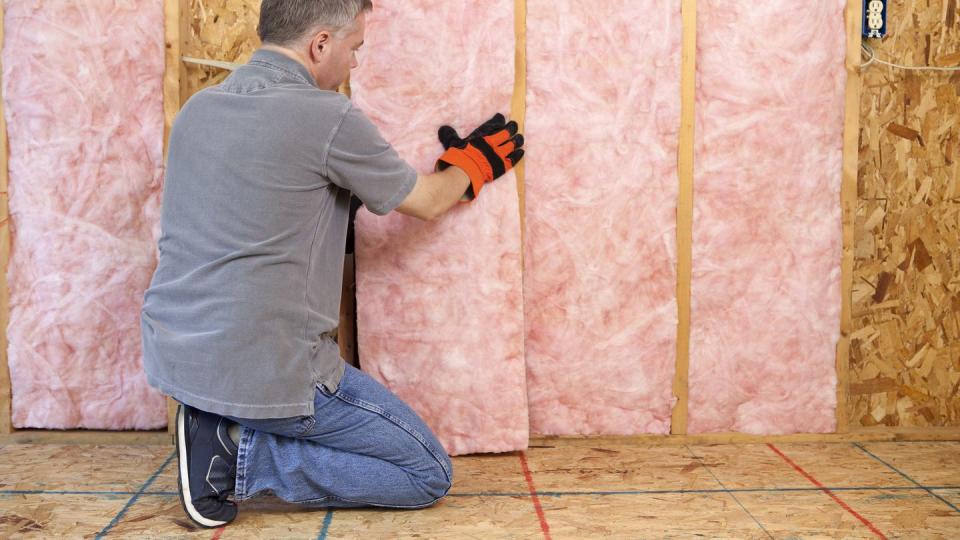
Stock up on heat tape.
You can run heat tape around the edge of a roof or around the bottom of your gutter to prevent ice from forming. It comes in 60- and 100-foot sections, which essentially look like an extension cord. Keep in mind that you need at least one outdoor electrical outlet for it to work, says Segur.
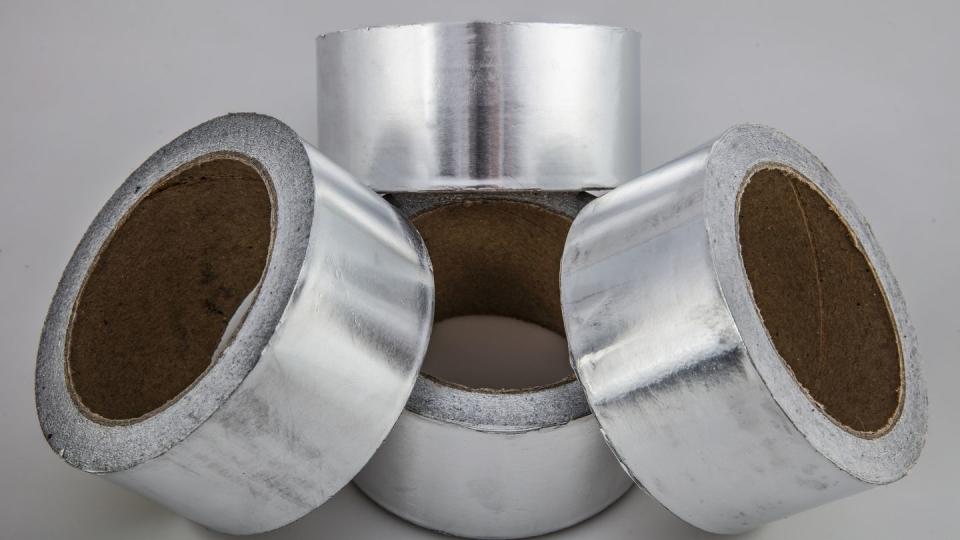
Don't overlook the chimney.
Use a powerful flashlight to look up the chimney for signs of bird or squirrel nests — you may see twigs poking out — which can be a fire hazard. If you can get to it safely, grab the nest with a rake and pull it out. There are special screens you can place over the chimney opening (though your best bet is to have a certified chimney sweep install them).
Buy a new rack for your wood if yours has become misshapen from the heat. Otherwise, it won’t burn as well because oxygen can’t reach all sides of the fire.
Hire a professional chimney sweep; or get a Creosote log, which contains a chemical that eats away at soot, and buy a big, wire brush. Remember to close the flue so that heat doesn’t escape, and look for cracked bricks (or get a pro to do it). During the cold months, consider rearranging your living room and angling the sofa toward the fireplace, says Cregier.

Move potted plants indoors.
Potted plants don’t like being outside in less than 50 degrees, says horticulturist Kathie Hayden, manager of the plant information service at the Chicago Botanic Garden in Glencoe, Illinois. “Most of your houseplants are tropical, and they just won’t thrive in temperatures that low.” Relocate your flowers gradually. “Try to do it slowly so you don’t shock the plants,” says Hayden. “Bring them in at night to begin with. Then take them back out.” This “lessens the blow” and decreases leaf loss, she says.
Beware of bringing fungal diseases into your house, though. “Inspect your plants for insect problems,” says Cregier. If you see any, hose off the plants with a forceful spray of water. If that fails, try insecticidal soap from the garden store. Prune any trees close to your house so that ice doesn’t build up, crack branches, and land on your gutters or roof, says Cregier. Sometimes the “snow load” can damage branches of boxwoods, says Hayden. One fun way to keep branches together: Wrap holiday lights around them to provide support.
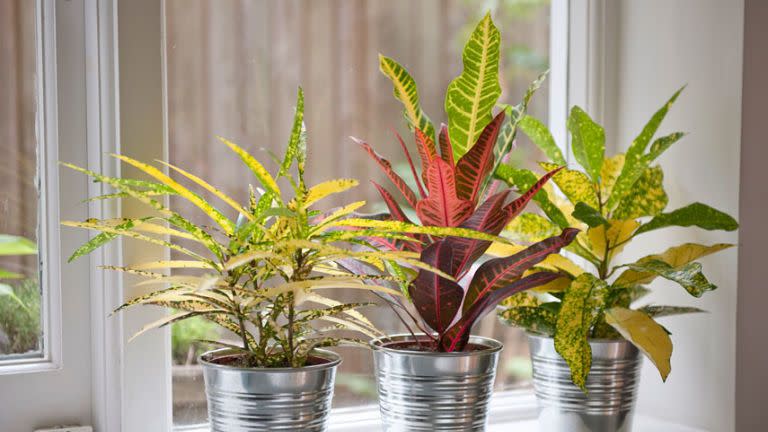
Break out the cozy throws.
“Add layers to your indoor decorating, much like you do with your fall and winter fashion,” says Cregier. Textured throw pillows and blankets can serve as “pops of bright colors” to combat dreary days. A trend to try this year? “The natural alpaca throws are big this winter season,” she adds.
Protect cold toes walking across tile and ceramic floors with rugs or mats, says Segur. Textiles also cut down on slip-and-falls if water or ice gets tracked indoors.

Change your furnace filter.
Dirty filters make the heating, ventilation, and air-conditioning system work too hard, shortening its life and costing you money. “As your furnace filter fills with particles and dirt, your furnace becomes less efficient,” says Segur. While you’re at it, considering bringing in a pro to give your HVAC a tune-up.
Also check the furnace's pilot light. The flame should be blue, clear, and steady. If it is sluggish or goes out, call your utility company; this is a dangerous sign. (But don't turn the furnace off, because the technician will need to look at the flame to see how it is functioning.) The pro will clean and relight. If you have a problem with an electric furnace, call a certified professional ASAP.
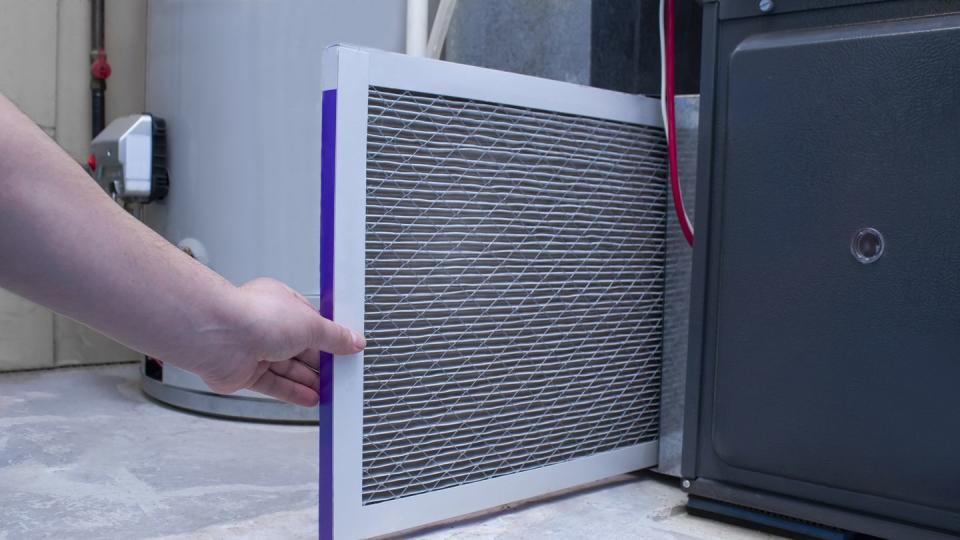
Conduct an energy audit.
To find a trained technician who can help you figure out where you’ve got leaks and cracks and how you could get the most bang for your buck, visit the Building Performance Institute’s site. For more info on how to save money, check out the U.S. Department of Energy-funded Database of State Incentives for Renewables & Efficiency. Lastly, learn about local Energy Star programs. Its site also answers questions, such as whether you can add new insulation on top of old. (The answer: Yes — unless it is wet, because then you may wind up with mildewed or rotted ceiling and roof rafters.)

Clean gutters.
The purpose of roof gutters is to move water away from the structure of the house. Without them, rain water and melting snow would drip down the exterior damaging the siding and pooling around the foundation. If your gutters are clogged with leaves, they won't be able to drain off the water as they're designed to do.
An easy way to keep leaves out of your gutters is to buy gutter covers (products like screens that get installed on top of your existing gutters) or replace your gutters with covered ones. We recommend LeafGuard gutters, which makes one-piece gutters designed so that rainwater can flow along the top and then into the gutters without leaves slipping in and clogging them.
While you're up there, also check out your roof for missing shingles, cracked tiles, and loose flashing (the sheet metal around the chimney and other openings that prevents leaks). If you're not handy, get a professional to make the appropriate repairs.
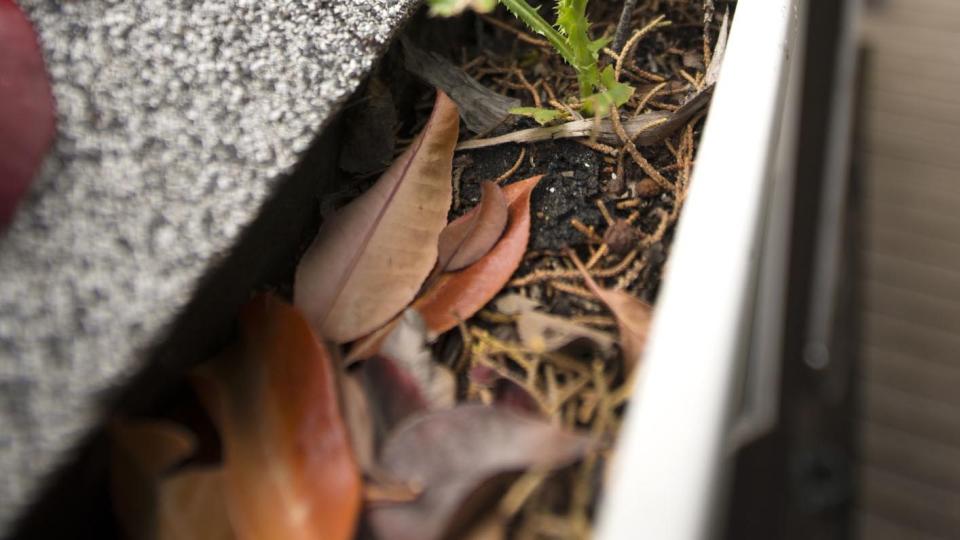
Prep the yard for spring.
In order to have a beautiful lawn come April, you have to start doing some prep work now. Clean out the flowerbeds and you'll have a garden you'll be proud of when the first robins come around.
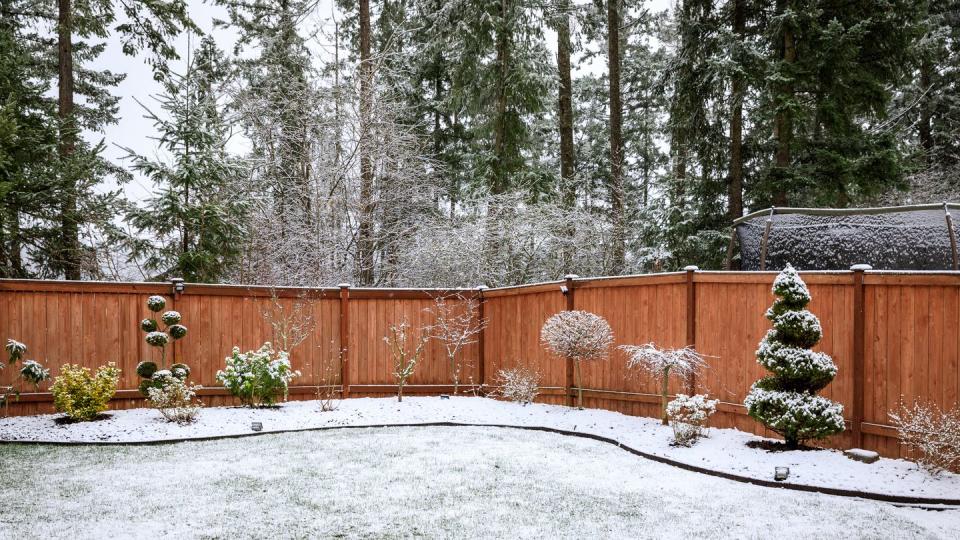
You Might Also Like

